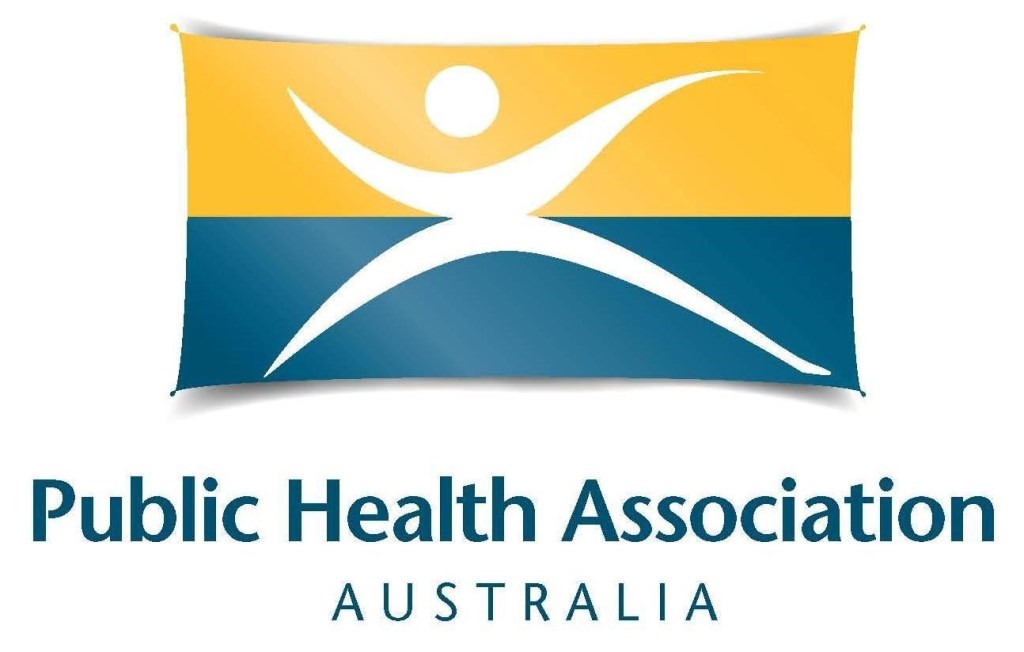The Code COVID19 International Update is a weekly snapshot of the COVID-19 pandemic, assessing efforts by nations around the world to test, track and fight the virus. It’s compiled by Dr Priscilla Robinson, an Adjunct Associate Professor of Public Health at La Trobe University, and an editor for the Australian and New Zealand Journal of Public Health.
Hello readers
View the latest spreadsheet here
This is the last update coming to you from Australia. In the future it will be from your foreign correspondent in London.
Epidemiology:
This week the main sources of the new notifications seem to be Japan (over 900,000), South Korea (over 500,000) and China (about a quarter of a million). Although case numbers are not necessarily very big, several Pacific Island nations have had big proportional rises (e.g. Micronesia and Niue). In general both new cases and fatalities are down, although in a few countries fatalities (presumably as a result of recent infections) are slightly higher. Interestingly, this seems to be happening in Australia too. Worldwide 7.7% have now been notified cases (so the real rate will be higher than that), and the case fatality rate is continuing its downward movement, now to 1.07%. So it is not surprising that some countries have seen far more of their people being infected, with several mainly European countries having rates well over 50%.
In Australia we now rank 14th in the world in terms of case numbers – a real feat considering a year ago we were about at the bottom. We are still getting about 10,000 cases a day, and nobody really seems to care anymore. Incidentally the Australian case fatality rate continues to climb slowly, whilst the worldwide rate is dropping. We are not doing so well, people. The reduction in quarantine time to five days will in the long run cause more grief, as many people are still shedding virus at anything up to a couple of weeks after symptoms begin, so more people will be exposed and become sick, which in the long run will do absolutely nothing to help the economy. Sick (and dead) people don’t buy much at the shops. About a year ago I drew an analogy between COVID restrictions and road safety, and I think the same message needs to be reiterated. Road safety works as a package – drivers know they need to stop at red traffic lights and for pedestrians, stay under the speed limit, keep their vehicle in working order, and the local authorities are responsible for maintaining the state of the roads etc. If you travel to somewhere like PNG you can find out what happens to the roads when this agreement falls over, and so it is with COVID – there is no attempt to in any way enforce the wearing of masks on transport – the last time I was on a coach a maskless person asked the driver to sell her a mask, which amazed him – “No, I sell bus tickets and drive the bus…” and I asked a person standing next to me to put a mask on if they were not going to move away (it worked, he did). Any attempt to protect people seems to be missing in action – it is sometimes hard for people to even access those famous vaccines, and I am aware that RATs are less available and costly, and COVID antiviral treatments are not available for most people.
Vaccinations:
Sigh. Nothing new to see here, sadly.
Papers:
The Lancet has a useful large cohort study paper on long-COVID:
The O’Neill Institute (Georgetown Law School) has several excellent papers this week.
From the thoughtful and knowledgeable public health lawyer Larry Gostin comes this depressing thought:
How a major COVID relapse could hit America – and the world; and
Moderna patent strike on Pfizer sets up post COVID vaccine feuds
And from Catherine Regis and colleagues: What happens once a norm is adopted by the WHO. I make no apologies for reproducing their final comment here:
“Considering the unique role the WHO plays in global health governance and the importance of health issues around the world,
improving global health infrastructure is not a luxury, but a responsibility.”
See you next week, with luck.
Priscilla
About Dr Priscilla Robinson and The CODE COVID-19 International Update
Dr Robinson is a public health epidemiologist with particular interests in international health and communicable diseases, and public health competencies. She has worked in health departments in England and Australia, has managed public health teaching programmes, and taught and researched many aspects of public health epidemiology and policy in many countries. She is an adjunct Associate Professor at LaTrobe University, and to stop herself being bored is an editor of PHAA’s journal ANZJPH, and holds board positions (almost all unpaid) on various NGOs, journals, and at her local hospital. Otherwise, 10 acres of untamed bushland on a hill in South Gippsland, VIC, makes weight-bearing gym exercise and strength training a bit redundant.
The CODE Update is a regular Intouch feature to keep readers informed of COVID-19 developments around the world.
The CODE Update originally began at the start of the SARS CoV-2 pandemic as Priscilla’s way of explaining to her friends and family around the world what was happening, and counter their experiences of information overload and misinformation. The update provides links to practical materials and papers written for people who are not versed in the language of outbreaks and epidemic curves. Published weekly, it includes a short commentary to provide context to the numbers included in the spreadsheets.
Note: While every attempt is made to transcribe all data faithfully, every now and again mistakes are made and not noticed until the next Update. Also, on occasion, numbers are revised after posting at the source databases.
We hope you will find these updates to be a helpful tool, and the links to current information useful.


Leave a Reply